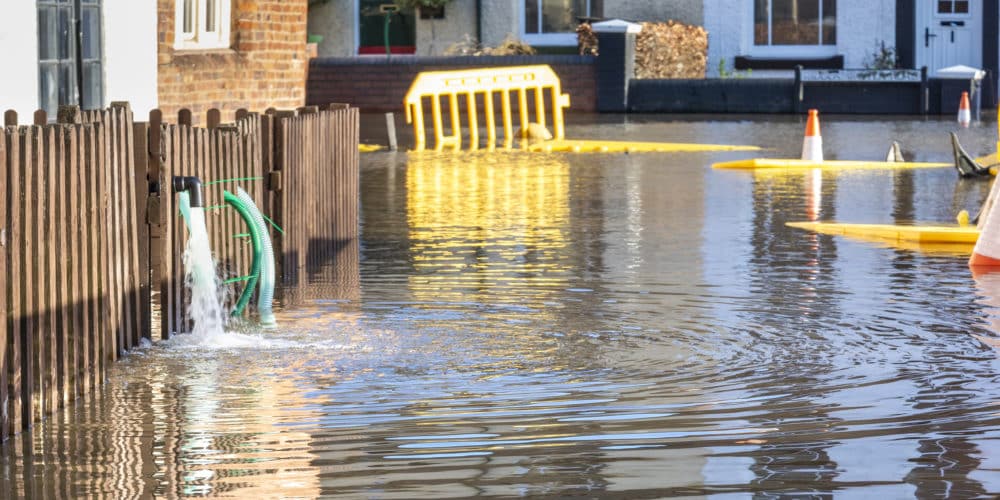
Over the last few years, I have been involved in a number of property flood resilience-focused projects, which have taken me all around the country to meet people who have been flooded.
Part of this was to conduct research for my E-Mag, which is packed full of inspirational stories of how homeowners and businesses have ‘Built Back Better’ to enable their properties to recover quickly after a flood.
I have also visited communities at flood risk with the Floodmobile, which is effectively a house on wheels that has around 50 different interventions that demonstrate how to keep the water out of a property, or help it recover after a flood.
I’ve spent a lot of this time listening. We have two ears and one mouth, and it is so important when working with communities and individuals that we use them in that order! Listening to people’s experiences truly helps me to continually learn and, in turn, to drive change.
After many years of campaigning, I am delighted that Flood Re has introduced its ‘Build Back Better’ (BBB) scheme. This offers homeowners the chance to install Property Flood Resilience measures up to the value of £10,000 when repairing their properties after a flood. This means that the next time the area floods, their home will be better prepared to keep as much of the water out as possible or make recovery (and returning home after a flood) much easier, quicker (days rather than many months) and safer.
It is however my belief that further changes need to be made in relation to sustainability.
Far too much ‘stuff’ is thrown into the skip after a flood with no thought about whether it can be sanitised, recovered, or restored back to it’s pre-flood state. For example, my research has taught me that hardwood can survive a flood. I’ve heard many a story of how a grandfather clock continues to tick, despite standing in cold floodwater and once its dried out and had a polish, it can be as good as new.
I’ve been shown furniture that has been under two metres of water, which has recovered after drying out. Solid wood doors and kitchens recover well too. (Tip – I’ve learnt that tea tree oil is a great sanitiser). So why throw them out?
I’ve also been told of cases where six unaffected chairs that cost over £650 each were taken outside and chopped to pieces, just because the matching table was damaged by the flood water. There are companies that can restore tables so why make six perfectly good and expensive chairs into firewood?
Other people have told me that those who were stripping out their flooded homes had insisted on skipping wet belongings that people really wanted to keep. (Sadly, in my experience, it’s often the case that when a person has been flooded, they just don’t have the emotional strength to argue and it is only later that they wish they had.)
There are now many companies that specialise in restoring flood-affected items, even books and documents. I have been around one such organisation and have seen wedding dresses, Granny’s crochet blanket with huge sentimental value, handbags, trainers and even Ugg boots brought back to pre-flood state.
We simply can’t continue with a ‘throw everything away’ mentality! It doesn’t support our drive towards sustainability and our already overused landfills are put under extra, often unnecessary stress.
I lost so many memories to flood water and so have thousands of people like me; things that today are perfectly possible to save, and restoration costs are less than you may think.
I, therefore, believe that conversations need to be had, and this ‘chuck it all out’ mentality must be stopped, as a matter of urgency.
Written by Mary Dhonau, Flood Resilience Specialist
